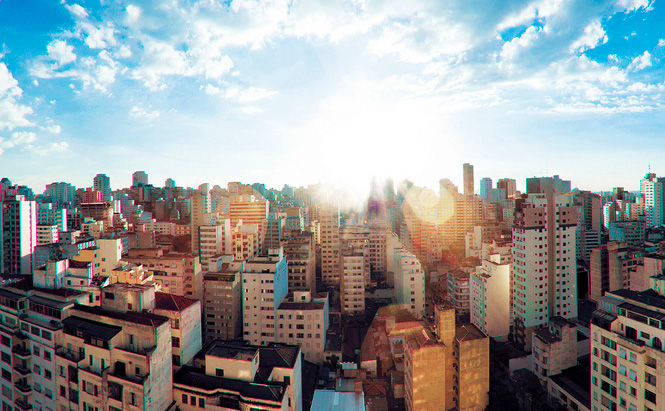 An article from Good highlights the astonishing law that Sao Paulo, Brazil passed back in 2006 that aimed to clean up the city. That is, of visual pollution. The Clean City Law was a bold move to take down and manage signage throughout the major city. The video above highlights before and after shots of places in the city that had to ditch the signage, or drastically reduce the size of signs (notice the reduction of the McDonald’s sign).
An article from Good highlights the astonishing law that Sao Paulo, Brazil passed back in 2006 that aimed to clean up the city. That is, of visual pollution. The Clean City Law was a bold move to take down and manage signage throughout the major city. The video above highlights before and after shots of places in the city that had to ditch the signage, or drastically reduce the size of signs (notice the reduction of the McDonald’s sign).
If a city the size of Sao Paulo can accomplish this, then why not a place like, say, Los Angeles ? Well, that effort is under way, thanks to BanBillboardBlight.org. These initiatives help to highlight the architecture and urban design of a city. This can also help commuters along roadways by removing the distraction of trying to read billboards they are passing by at 70 miles an hour. And according to the Good article, the business world in Sao Paulo has adjusted well, actually finding out that billboards may not have been the way to go to begin with, while challenging their advertising firms to come up with other ways to effectively engage the public to buy their product.
Do you see your city having an advertisement diet, or even complete abolishment?
[youtube]http://www.youtube.com/watch?v=Vta6Cn_dLTE[/youtube]

